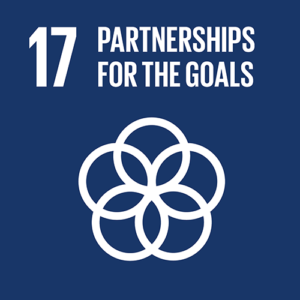
Partnership for the Goals
Part 3 of 3: Increasing our impact through educational technology
There are so many creative and innovative ways to use technology that it would take more than our first two blog posts (first post here, second post here) about educational technology (EduTech) to cover them all.
In this post, we’ve shared a few ideas that have really resonated with us over the course of our research and programming that we’d like to test in future programs. Hopefully they will prompt new opportunities for you to apply educational technology to increase your impact:
radio education
Radio is the most widespread mass medium to this day – it’s more accessible than the internet, it can be broadcast in local languages, understood by those unable to read or write, and has pre-existing infrastructure in remote areas. Entire educational programs have been successfully broadcast over the radio due to COVID-19, as well as health advisories and other important information.
Leveraging pre-existing radio connectivity reduces the resources needed for travelling to remote areas, as well as reducing unequal access to education. But to successfully engage younger children, who are easily distractible, more entertaining material is required for educational radio than for a simple news broadcast.
Increasing Engagement
Radio isn’t very interactive – but could it be? Farm Radio, a Canadian NGO working in sub-Saharan Africa, introduced a program to provide radio education to children affected by the pandemic in Sierra Leone and Liberia in 2020.
Their program had a call-in segment where kids could demonstrate their comprehension and engage with the teacher, as well as learning polls that students could call and answer from even the most basic mobile phone.
Decreasing Inequalities
Radio education has been a crucial aspect of the COVID-19 response for hard-to-reach students, including those in remote areas and without sufficient infrastructure. UNICEF has successfully distributed over 32,000 solar powered radios in 2020 to children in Africa, and Forbes claims that “radio education is the only solution that has been able to have such a broad reach across the socioeconomic spectrum.”
The auditory nature of radio also expands access to those who are illiterate or visually impaired, people who have been historically under-invested in. This could also help with poor teacher capacity, as there would be far fewer geographical restrictions on finding the most qualified teacher to provide radio instruction en masse. The added anonymity factor of radio education could also reduce shame and embarrassment felt by adults who were unable to get quality education as children.
For girls, there are even more barriers to accessing quality education. Having access to radio education means that they can learn at home, while farming, cooking, providing childcare, or when they are menstruating. Quality female education and empowerment has also been identified as a pathway to gender equality and security.

remote monitoring and evaluation
Creating accountability, monitoring progress, and receiving feedback are all important elements of the design process, but they can be quite challenging to achieve. Fortunately, technology has progressed to the point where monitoring and evaluation can successfully be done remotely, increasing the longevity of your impact.
Accountability and Motivation
Motivation and accountability can be difficult to cultivate, much less maintain, especially if people feel like they have been left to self-learn.
This World Bank article shows that any sort of monitoring process, even just a simple 2-3 question phone call every week, increases knowledge retention and accountability, as well as providing a simple way to monitor progress. By employing a local to check up on the progress of projects, not only will you provide a local source of income, but you will likely increase the short and long term success of your project.
Quality Feedback
Determining the success of your intervention is best done through collecting feedback from the participants, but that can also be quite the challenge.
Many NGOs have started using simple polls and surveys that can be sent out via text and answered within seconds – based on our research, speed and ease of access are two of the biggest factors in determining whether or not people will provide feedback, so leveraging the relatively easy access to mobile phones is a good way to increase the amount of feedback you receive.
to conclude
Our approach to virtual partnership has allowed V2I to increase our access and reach to communities experiencing vulnerability in North America and across the Global South.
We have successfully pivoted our work to a digital approach and successfully delivered more than 16 virtual training and mentoring sessions and impacted over 130 people directly, and over 29, 000 people indirectly, with the potential to impact many more.
Despite the many obstacles we’ve all navigated over the course of the pandemic, it is clear that new opportunities and ways of working have also emerged from this challenging time.
Anyone can leverage technology to their advantage.
If you have any questions, or would be interested in partnering with us, please contact fadi@venture2impact.org.